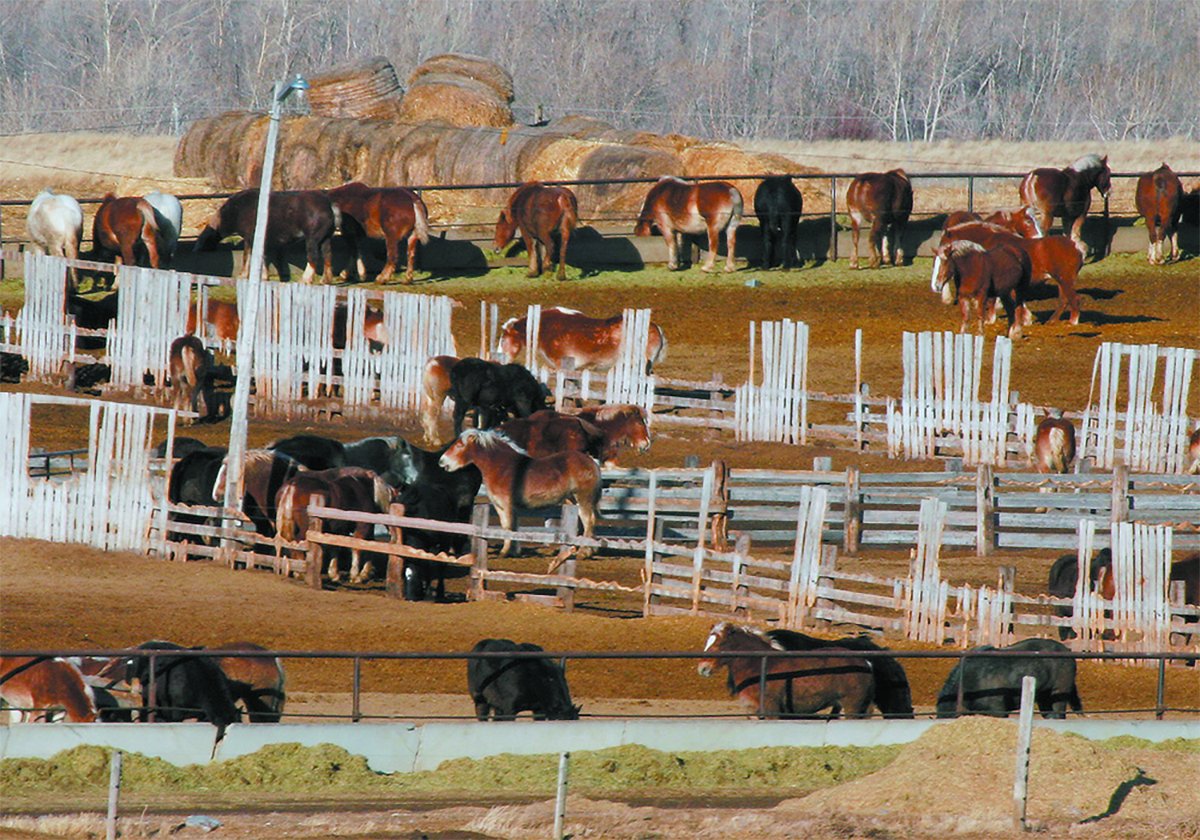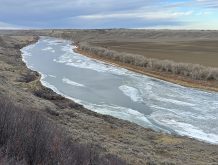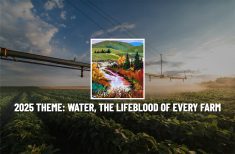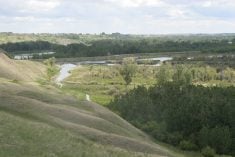One drop of water per second can equal 7,800 litres per year. What does it cost to spread that amount of liquid?
Hog producers should be wondering about that, says Dean Gurney of Manitoba’s Puratone Corp.
“You may not be paying for that water dripping, but you sure are paying for the application of that water as manure later,” he told farmers at the recent Manitoba Swine Seminar.
Puratone rigorously manages water use in its barns, doing daily water meter readings to see if use is high or increasing.
Read Also

Canada’s slaughter horse industry lacks transparency
The lack of clear reporting and public access to data keeps the industry largely hidden, leaving questions about humane treatment and traceability unanswered.
Gurney said it’s something all producers should do.
“Too often in the past, fire hoses have been used to assist in washing and cleaning the barn, and this can be a large waste of water,” he said.
Controlling dripping taps, lines and feeders can also have a large impact because over long periods of time drips can waste an enormous amount of water.
Setting feeders at the right height can also ensure that lots of water does not slop out accidentally.
Manure spreading is a costly part of hog production, with modern production systems employing environmentally positive but expensive injection and incorporation technology. Every litre of manure has to be spread, and the larger the amount of liquid, the further the spreading has to be conducted. In many hog production areas, there just isn’t a lot of land to waste with unnecessary spreading.
Gurney said water is an essential element for animals, works well as a cleaning agent and is the basis for most manure handling systems, but that means better use of water is vital for an efficient system.
“We would never limit water to our animals, but being conscious of wastage and overuse can lead to a more efficient barn,” said Gurney.

















